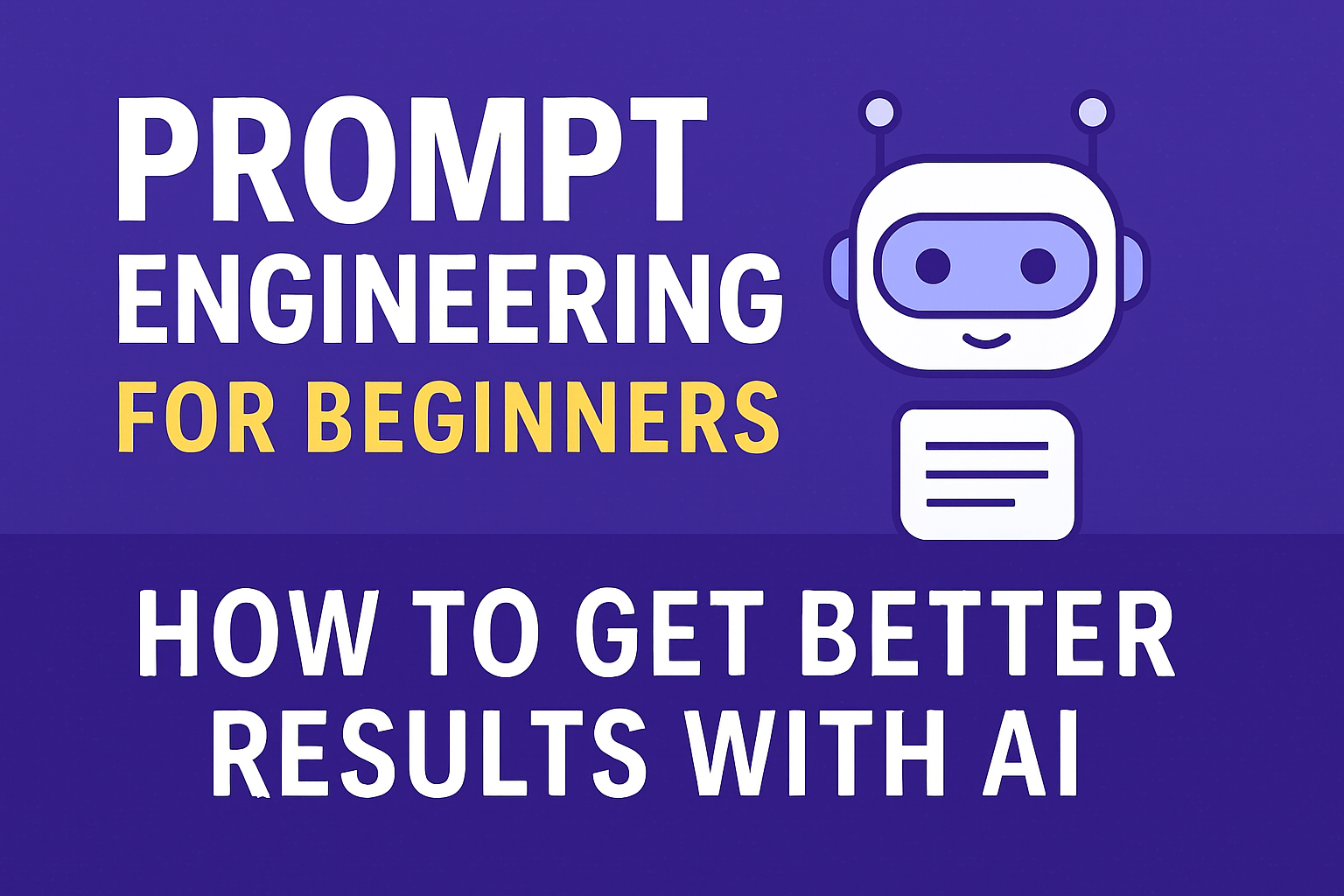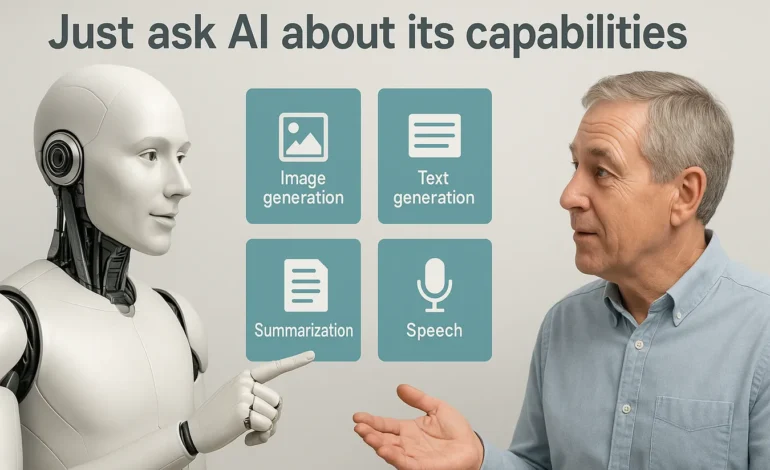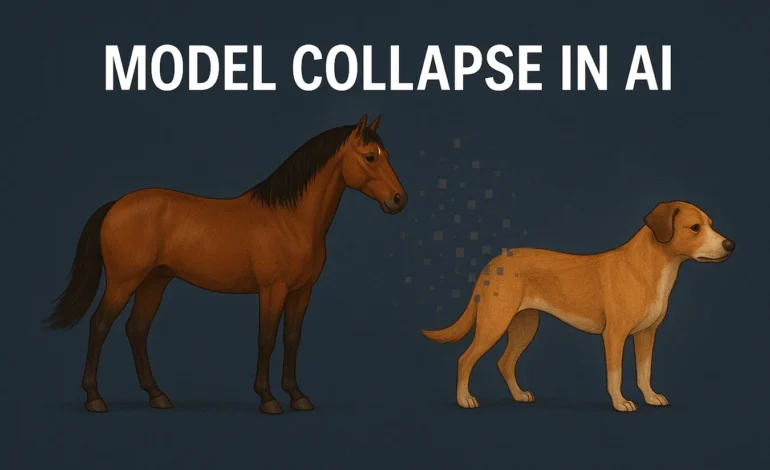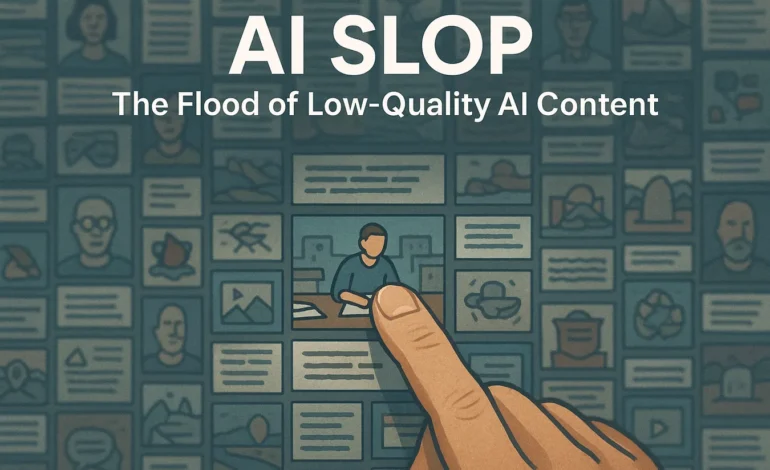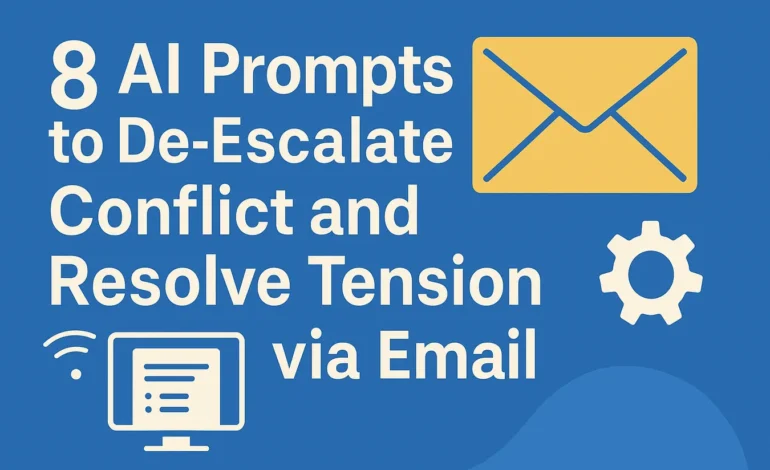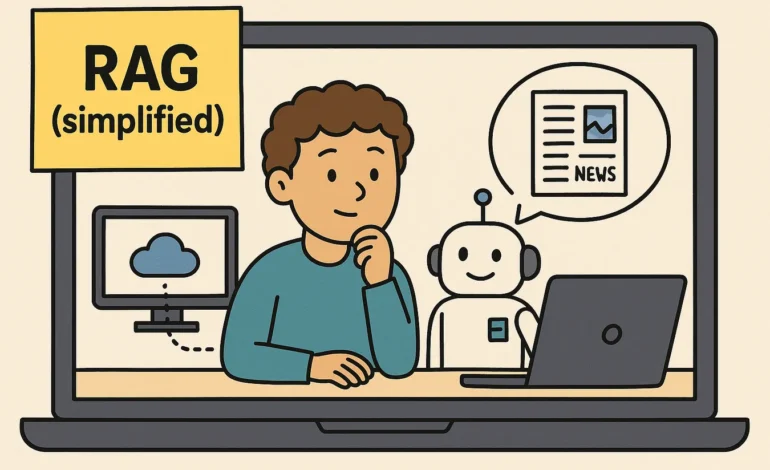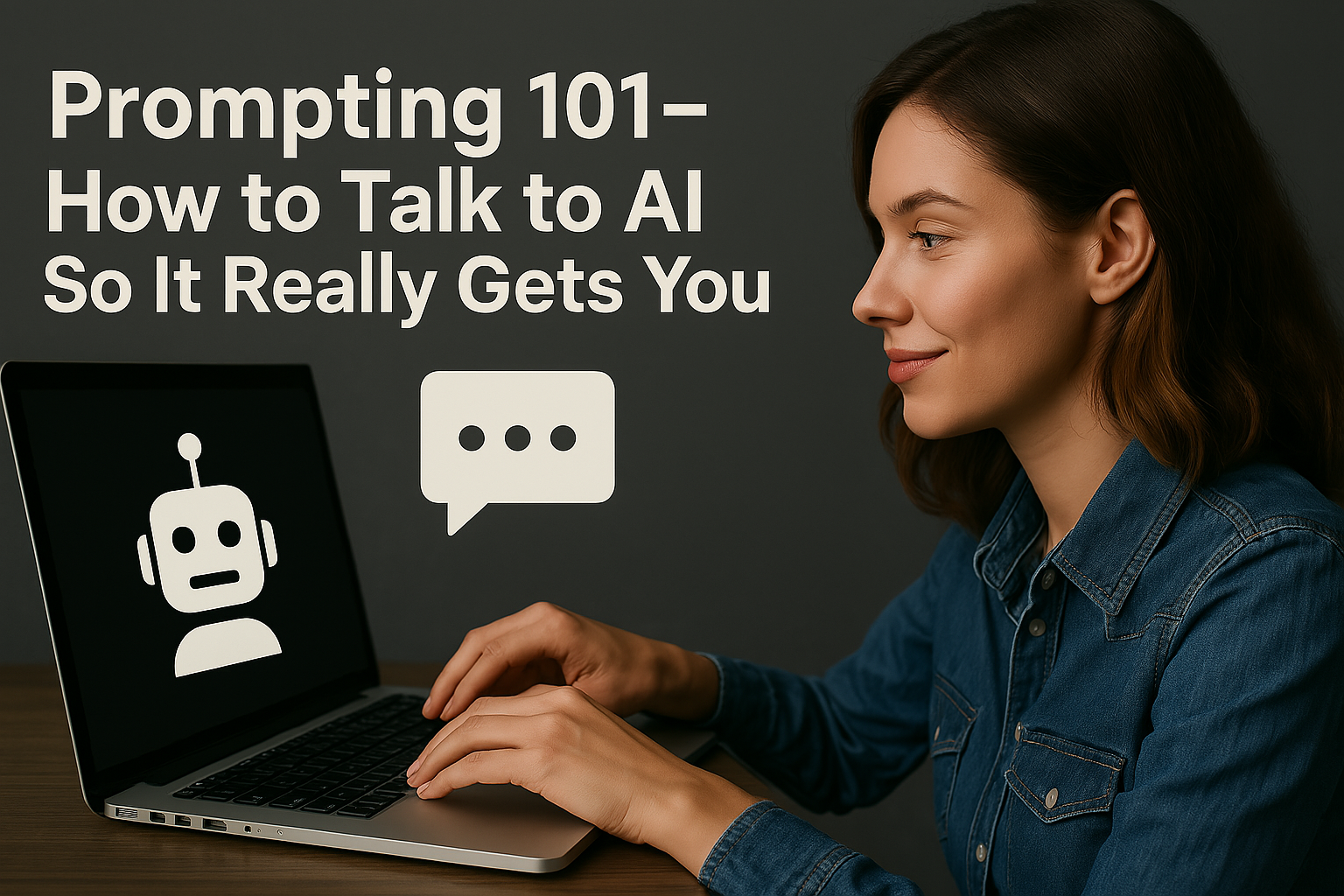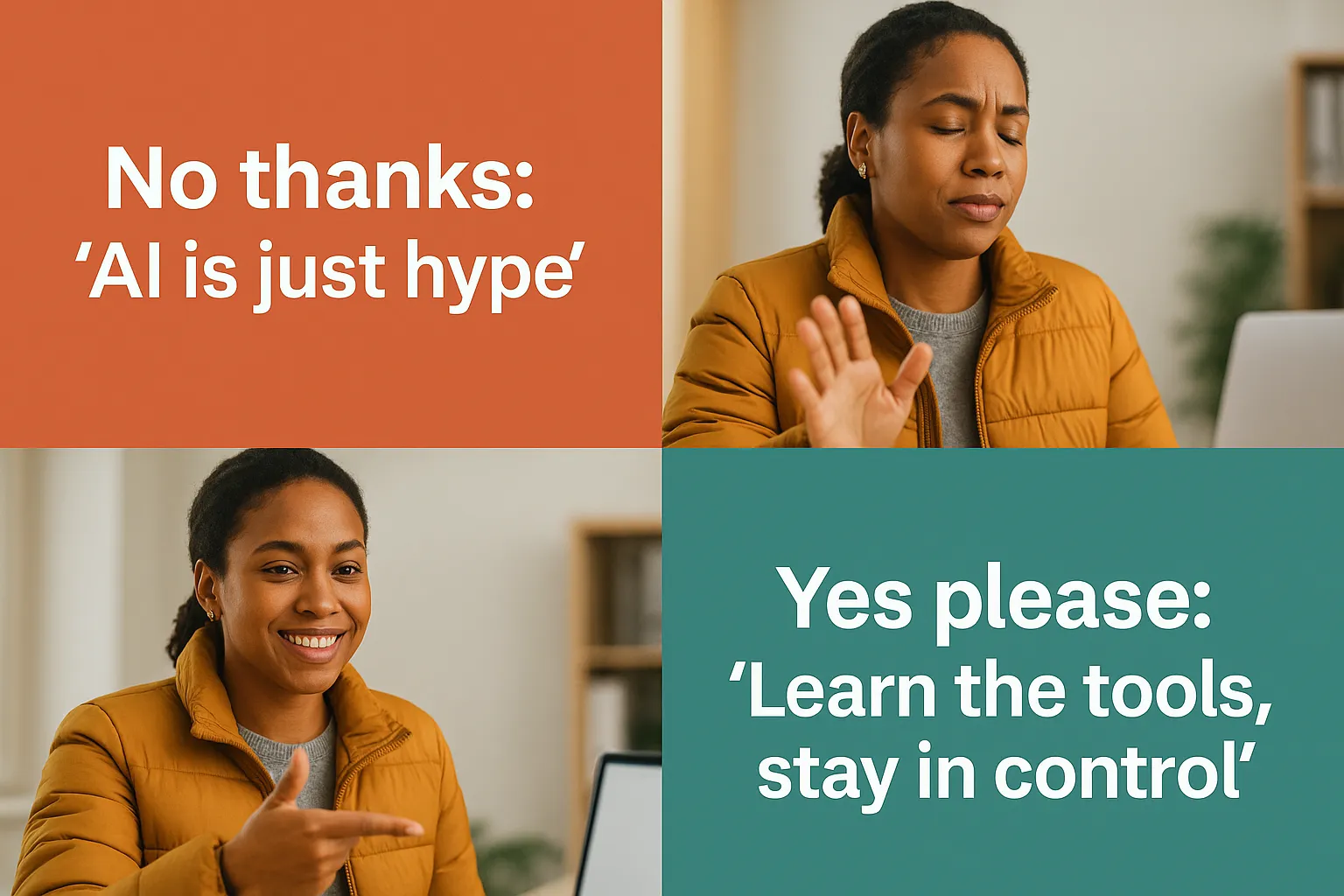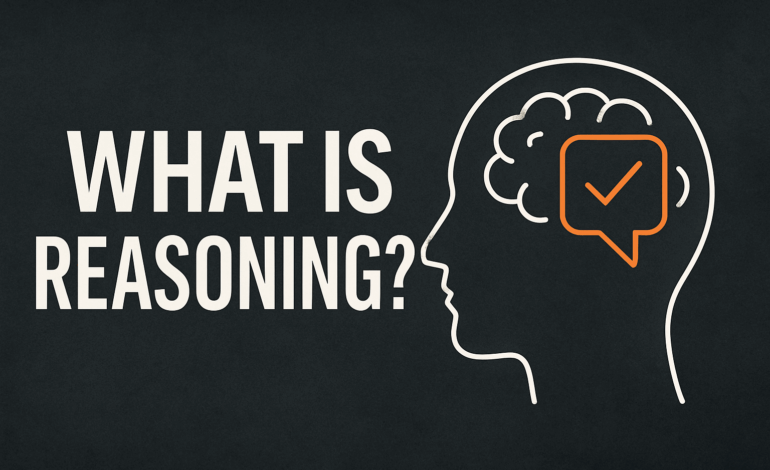
AI Reasoning Explained: Logic, Sub-Symbolic Models, and Neuro-Symbolic AI
What Is AI Reasoning? How Machines Learn to Think
AI reasoning refers to a machine’s ability to draw logical conclusions, make decisions, or solve problems-mimicking the process of human inference. But how exactly does artificial intelligence “reason”? And how do we train it to move beyond simple pattern recognition to genuine problem-solving?
This article explains how machines process information, details the models used for advanced reasoning, and outlines why this capability is a key component in the evolution of truly intelligent and trustworthy systems. Understanding this process is vital for anyone building or relying on advanced AI.
The Core Concept: Logic vs. Association
In the context of AI, reasoning is the process by which a system evaluates input (like facts or data) and produces an outcome (like a decision or prediction). Unlike simple pattern recognition, effective reasoning requires logic, inference, and complex problem-solving over uncertain data. The field distinguishes between two fundamentally different approaches:
There are two main forms of reasoning in AI:
- Symbolic Reasoning: This is the classical AI approach. It’s based on explicit rules, logic, and a predefined knowledge base. The system literally “thinks” using symbols and if-then statements. While precise and explainable, it struggles with ambiguity and real-world, messy data. (See also: What is Symbolic AI?)
- Sub-Symbolic Reasoning: This is the modern, deep learning approach. It’s based on learned patterns and statistical associations, typically through neural networks. The system reasons through immense data correlations, which handles ambiguity well but often creates a “black box” where the logic is untraceable.
Key Models and Frameworks for AI Reasoning
To implement reasoning, researchers employ several sophisticated models. The choice of model often dictates the system’s ability to handle uncertainty, scale, and explainability. This decision is central to designing any reliable AI system.
Classical models include Knowledge Graphs, which represent relationships between entities (used in search and recommendation), and Logic Programming, which defines facts and rules for deduction. For dealing with probabilities, Bayesian Networks help infer likelihoods from uncertain data.
Modern approaches primarily leverage Transformer-based Models (like GPT). Their emergent reasoning capabilities are a result of attention mechanisms applied over massive language sequences, allowing the model to perform complex problem-solving by analogy and pattern recognition, rather than true human-like deduction.
Neuro-Symbolic AI: The Hybrid Approach
A fast-growing area in research is Neuro-Symbolic AI. This hybrid approach attempts to combine the best of both worlds: the powerful pattern recognition of neural networks with the precision and explainability of symbolic logic. Researchers view this synthesis as a promising path for creating systems that are both highly capable and transparent.
Why Reasoning is Crucial in Real-World AI
Reasoning is the decision-making engine behind many critical AI-powered systems. Without robust reasoning, these systems would simply fail when encountering novel or ambiguous situations:
- Medical Diagnosis: AI evaluates symptoms, history, and test results to suggest possible conditions-a process requiring inference over uncertainty.
- Autonomous Vehicles: The car must instantly reason about surroundings, predict the behavior of traffic, and apply traffic laws to navigate safely.
- Legal Tech: AI tools analyze complex laws, past rulings, and construct legal arguments based on patterns and logical structures in legal texts.
- Customer Support: Advanced AI bots interpret nuanced questions and reason about the best answer sequence, often accessing multiple internal databases to form a comprehensive reply.
As models continue to advance, the aim is for them to reason in increasingly sophisticated ways-even explaining their thought process (known as eXplainable AI, or XAI).
The Remaining Challenges and Future Direction
Despite significant progress, reasoning in AI still faces fundamental hurdles:
Systems often suffer from a lack of transparency (“black box” problem), making it difficult to trace their reasoning steps. Furthermore, purely Symbolic Reasoning systems are brittle and struggle with the ambiguity of the real world, while neural networks may generalize poorly when strict logic or common sense reasoning is required outside their training data.
The future direction strongly points toward hybrid systems that combine deep learning with logical structure. Researchers aim to build models that are both powerful and explainable-a critical step for regulatory approval, public trust, and high-stakes applications.
What to do now: To better understand AI’s current capabilities, focus on how LLMs handle logical inconsistencies. Experiment with different reasoning-based prompts to test the limits of purely sub-symbolic systems and prepare for the shift toward neuro-symbolic tools.
In a Nutshell: Arriving at the Answer
AI reasoning is about more than just finding answers-it’s about how machines arrive at those answers. Whether it’s diagnosing a disease or navigating the road, reasoning enables AI to make intelligent, informed decisions based on logic, data, and complex inference. The progress in this field will define the next generation of AI reliability.


